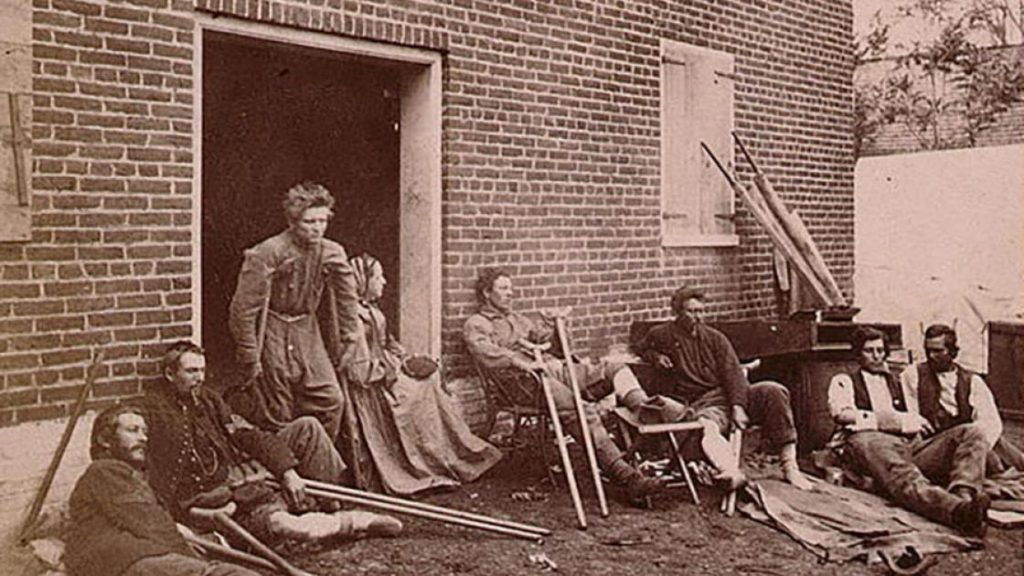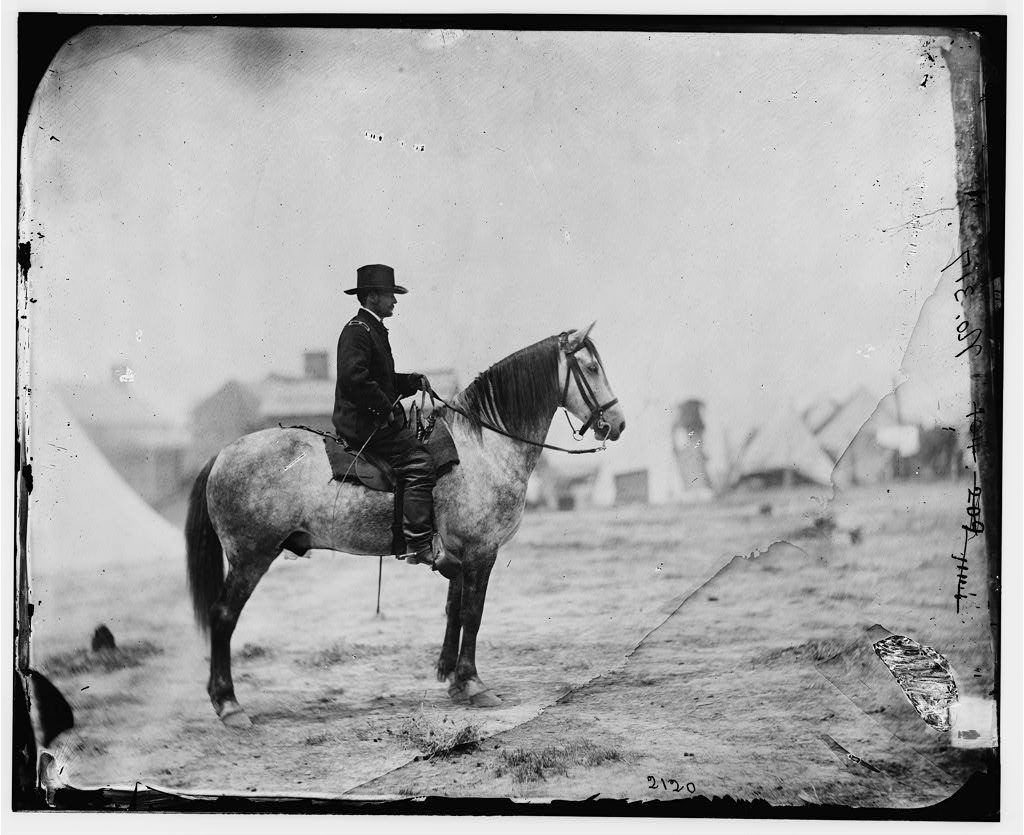The streets of Downtown Cary are beautiful in the autumn. Whether you’re sipping warm pumpkin spice at BREW, eating a classic Ashworth’s hot dog, or kicking up leaves at the Downtown Park, it’s hard to imagine that these peaceful streets carry haunting history and legends. However, if you’ve ever taken a stroll past Town Hall, you’ve walked in the footsteps of a frightening Civil War story — and a ghostly tale that’s lasted more than 150 years.
In the final months of the war, Confederate troops retreated through Cary, with Sherman’s army nipping at their heels. Cary citizens held their breath as the Sherman’s 90,000 troops rode down our streets in rapid pursuit of the 20,000 retreating Confederate soldiers, many of whom were barefoot and exhausted. North Carolinians were serving on both sides of the war, pitting neighbor against neighbor.
A stone’s throw down the wagon road, a bloody battle broke out in the Cary-Morrisville area. Shortly after, another skirmish broke out even closer to the heart of Cary, as Union General Kilpatrick came upon CSA Hoke’s Division.
Nearby, the City of Raleigh had enough resources to build a 5-foot wall around the entire downtown, complete with canons. Cary, however, was full of wide-open and vulnerable family farms and mills. Thieving soldiers (both Confederate and Union) and violent flare-ups kept our small community awake with a sense of unease and anxiety — and in that atmosphere of fear, ghost stories were born.

Union Forces Occupy Page-Walker
In the Spring of 1865, when the Civil War was finally sputtering to a close, Union forces marched back into town and took over the very headquarters of Cary: the Page Homestead.
Frank Page, the Father of Cary, was the reason the community had a post office, a dry goods store, and a railroad. In fact, the railroad built on Page’s land had brought a sudden growth spurt and success to the community. Now, Union forces were squatting in the home of the city’s founding father. It was a devastating symbol of defeat.
Modern day Town Hall is built on the precise land where this homestead once stood.
Kris Carmichael, the Operations & Program Supervisor for the Page-Walker Arts & History Center, which was built by Frank Page himself, shares, “The main Page house was used as a hospital for sick, injured, and dying soldiers. For three weeks, Colonel Oscar Jackson and his army occupied the homestead, much to the dismay of Cary’s citizens.”
Once his soldiers were rested and healed enough to continue the trek back North, they made preparations to leave the Page homestead. However, on their final night in the makeshift hospital, their youngest soldier passed away.
The next morning, as the troops prepared their mounts, one soldier was tasked with leading the horse of his fallen brother in arms, who no longer had a rider. All the horses were waiting in the stable — except one. Mysteriously, the horse of the fallen soldier had disappeared, seemingly having escaped during the night. All of the other horses were accounted for.
The soldiers looked around for the horse, but eventually had to leave without it. No one ever found the young soldier’s missing animal companion.

The Phantom Hoofbeats on Ambassador Loop
Three years after this occupation, Frank Page built a three-story brick railroad hotel, which is still standing today as the Page-Walker Arts & History Center. The railroad business was bringing money, growth, and success to the Cary community, and the pain of the Civil War was finally starting to mend as Reconstruction spread across the South.
However, the area around the hotel began seeing strange occurrences.
Tom Sanderford, a stable boy at the hotel, started hearing a horse out on the dirt road which is now Ambassador Loop, near Academy Street. According to his account shared in Peggy Van Scoyoc’s book, Just a Horse Stopping Place, “this horse could be heard coming up that street galloping and just going as fast as he could go, but nobody would ever see any horse.”
Years later, Warren Williams and his brother stayed over in the Page-Walker hotel, and reported hearing hoof beats as well.
“One night my brother said he heard what sounded like a horse coming through there. He said, right at that time he heard our ponies up there in the barn […] cutting up, jumping around, squealing and carrying on.” The ponies seemed to be reacting fearfully to the presence of the hoofbeats of the phantom horse, which galloped by in the same moment.
“You be on the lookout,” Williams’ brother told him.
A week later, Williams woke up in the night to the sound of galloping hooves on the dirt road outside. He ran to the balcony to look for the horse. In the distance, he could hear the ponies going wild in the barn — once again, fearful of the haunting hoofbeats galloping around the property.
It’s possible that after the soldier boy passed away, the horse got free and remained lost in the wilds of Cary for a decade or so after, causing mysterious hoofbeats. In its afterlife, is this horse still galloping through downtown Cary, trying to find its soldier boy, or just get back home to the North?

Haunting Legends of Downtown Cary
Since then, several people claim to have heard the riderless steed galloping through downtown, searching for his master who died so long ago.
Each October, the Page-Walker Arts & History Center takes a ghost walk through Downtown Cary to explore remnants and legends from Cary’s past, starting at Frank Page’s hotel and ending at Hillcrest Cemetery.
The next time you’re out late at a downtown brewery or film, take just a moment to quietly listen for the hoofbeats of Cary’s lost history.
Want more Spooky History and Fun?

